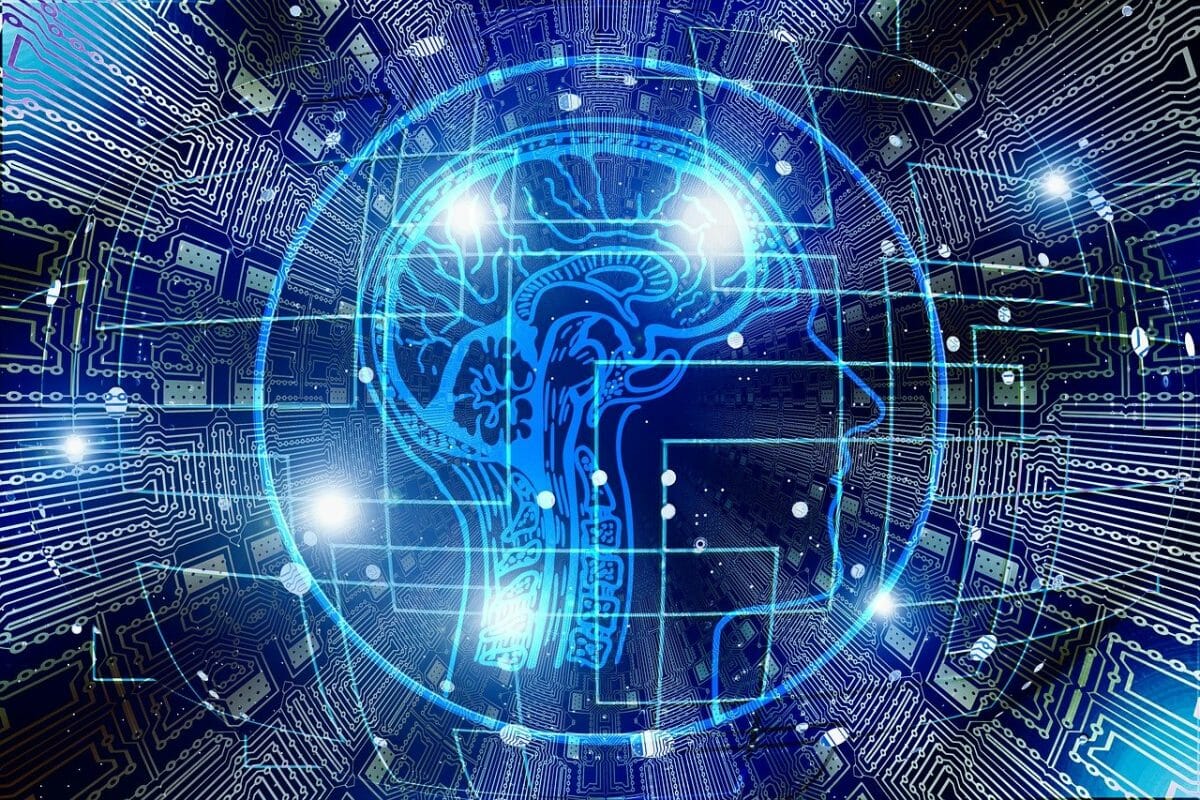Artificial Intelligence (AI) is a concept about which we have been aware for some time. It has been a popular topic of speculation in science fiction for centuries, but now we are closer than ever to living the fiction. The breakneck pace of tech innovation globally has seen recent breakthroughs in machine learning, and ‘intelligent’ algorithms have already been made available to consumers.
A tech revolution is at hand, and all sectors will see profound shifts as a result – none more, perhaps, than healthcare. Healthcare innovation is nothing short of vital, and AI could be the solution for many of the UK’s NHS issues. But how, exactly?
Improving Diagnostics
One of the leading areas in which Ai is seeing major healthcare innovation is through diagnostics. The time of healthcare professionals in primary care capacities is often taken up by patient intake and initial diagnostics, which can divert a lot of time and energy from effective treatment and patient engagement. AI systems are being developed to take these initial diagnostics out of doctors’ hands; patient symptoms are recorded and interpreted by the AI system, and the patients are automatically referred to the relevant department.
Diagnostic improvements extend from primary care and GP centres to the heart of specialist hospitals and urgent care systems. Similar systems can be used to find unique and unusual patterns in patient symptoms or readings, allowing for a more nuanced investigation of potential causes. In this way, early disease detection is expected to improve dramatically, alongside outcomes for urgent care patients.
Drug Discovery
Speaking of outcomes, AI systems will have a vital role to play in the development of new treatments – particularly the development and discovery of effective drugs. The drug discovery pipeline is necessarily slow and methodical, so as not to unnecessarily endanger life in the trialling of unknown quantities.
The superior computational and modelling power of purpose-built AI systems will enable the quicker and safer synthesis of new potential compounds – and could vastly speed up initial research timelines. Careful trialling and investigation will still be a necessity – as will the legal counsel of life sciences specialists in the coordination of safe and legal drug discovery – but the existence of such intelligent systems could revolutionise the understanding of the chemistry behind initial drug testing.
Medical Imagery
The aforementioned role of AI in diagnostic improvements is a field in and of itself, but there is a tangentially related field of AI development that could further improve patient outcomes concerning the interpretation of data. Many patients require scans to identify issues, be they sources of bleeding, potential tumour presences, or simply broken bones. However, there are elements of human error in the interpretation of scan results, whether visual or data-based.
In training machine learning algorithms on wide data sets of existing MRI or CAT-scan imagery, AI can be developed for the express purpose of reading and interpreting scan information. This could greatly reduce the levels of human error in patient diagnosis and treatment, to say nothing of the additional nuance with which an AI can interpret scan data.
